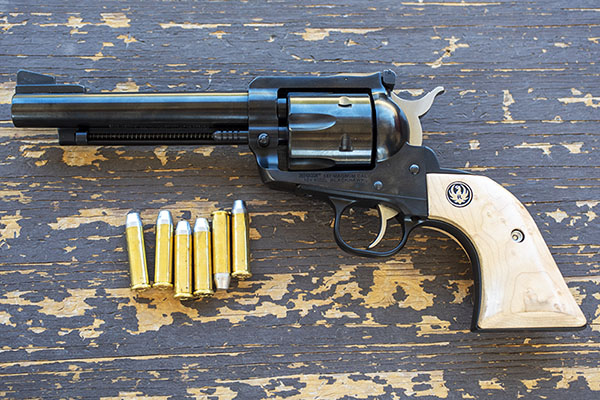By Joe Berk
Nearly 15 years ago, TALO (a firearms distributor) offered a unique version of Ruger’s 10/22. It was a model with a French walnut stock. As a guy who appreciates good wood and a long time 10/22 fan, I knew I wanted one. The rifles were offered initially at $419, but I knew the price would only go. It’s hard to go wrong with a Ruger 10/22, especially if it is a limited edition.
I contacted an executive with Turner’s (a sporting goods chain) and told them I and several of my friends wanted to buy these, and asked if they would consider buying a group of them and allowing us to select the ones we wanted before they went on the shelves. Turner’s went along with my nutty idea, and I and my friends each bought one.
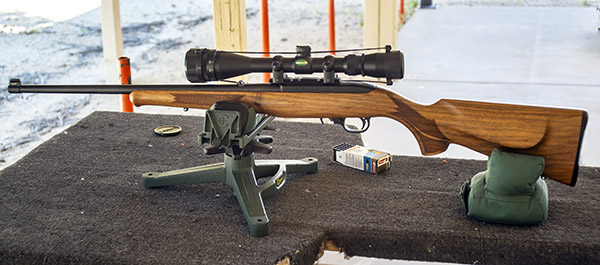

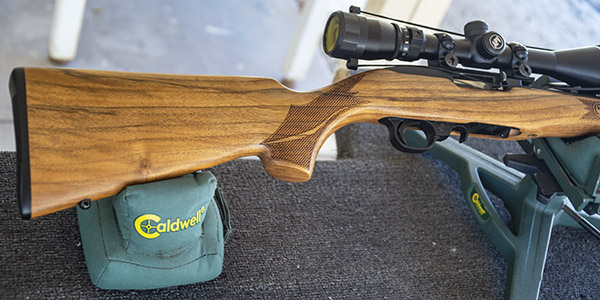
The French walnut 10/22s were flawless, and I actually bought two. I gifted one to a friend who steered a big chunk of consulting work way my way, and I kept the one you see here. I tried several different brands of .22 ammo to find the one it liked best (it was Aguila Target ammo), and I bought a bunch of that shortly after I finished my testing.
I already knew that I liked the Mueller 4.5×14 scope on a .22, so I bought one and mounted it on the rifle. It’s a great scope, sharp, clear, and with several features I like.
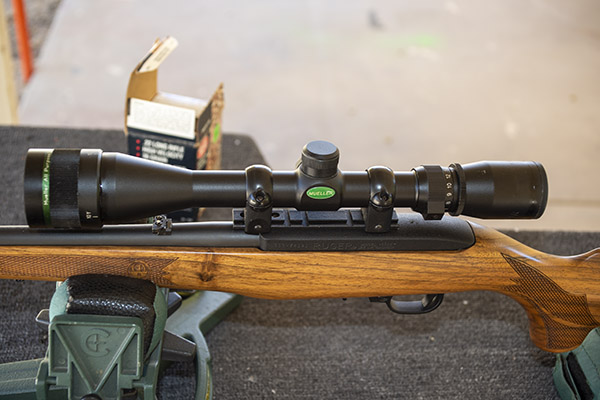
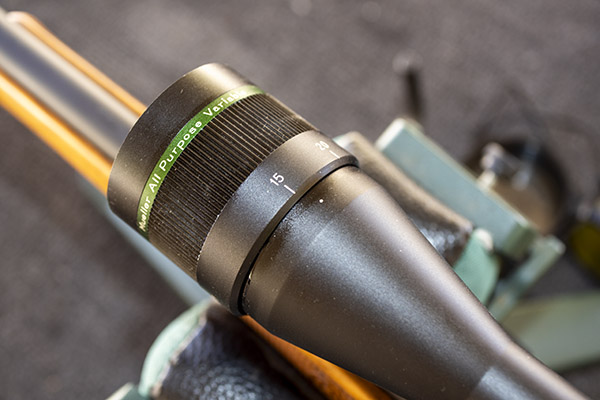
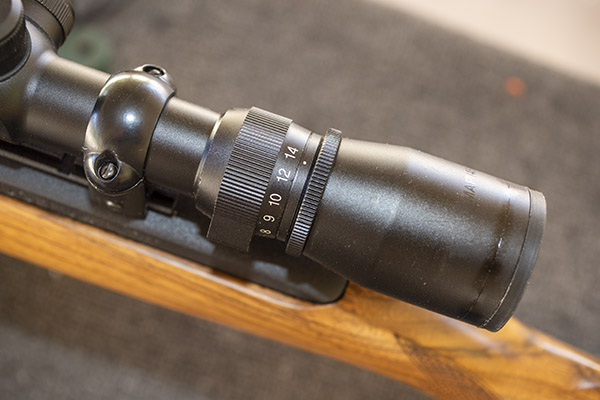
Most recently, I had the French walnut 10/22 out at the range. As always, it performed brilliantly. I’ve competed with this rifle in the WEGC metalllic silhouette matches, and I sometimes bring it to the range just to plink. It’s a fabulous rifle.
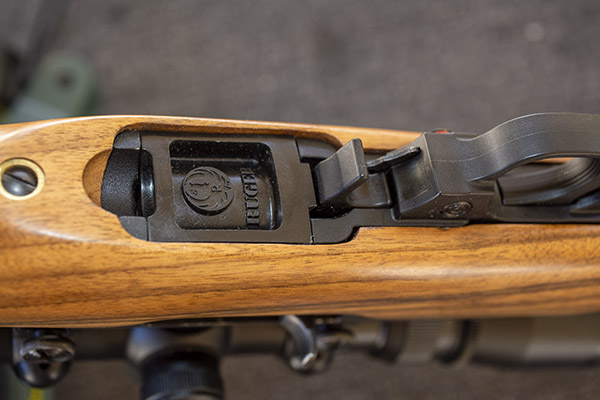
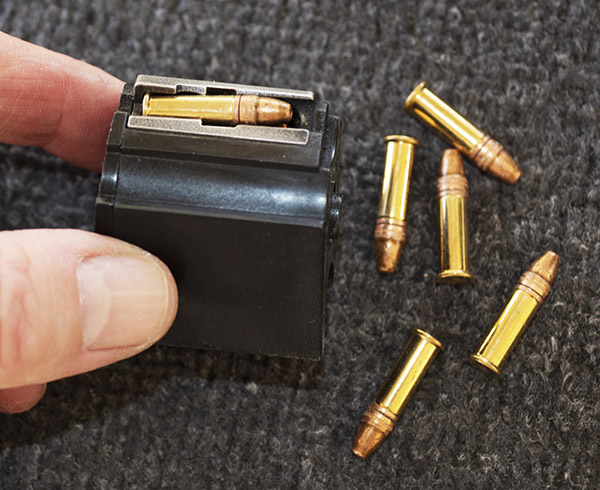
I took the 10/22 with me on the same day I shot my old Winchester Model 62, using the same three types of ammo on a 50-foot NRA target.


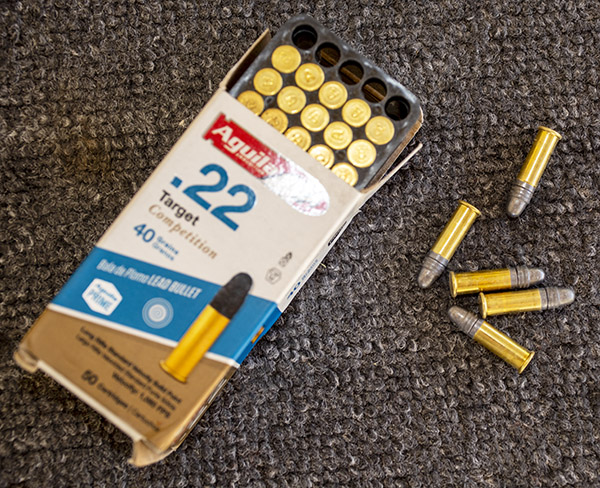
The 10/22 did a fine job. As usual, the Aguila ammo turned in good results. The Federal high velocity and CCI ammo did a surprisingly good job, too.
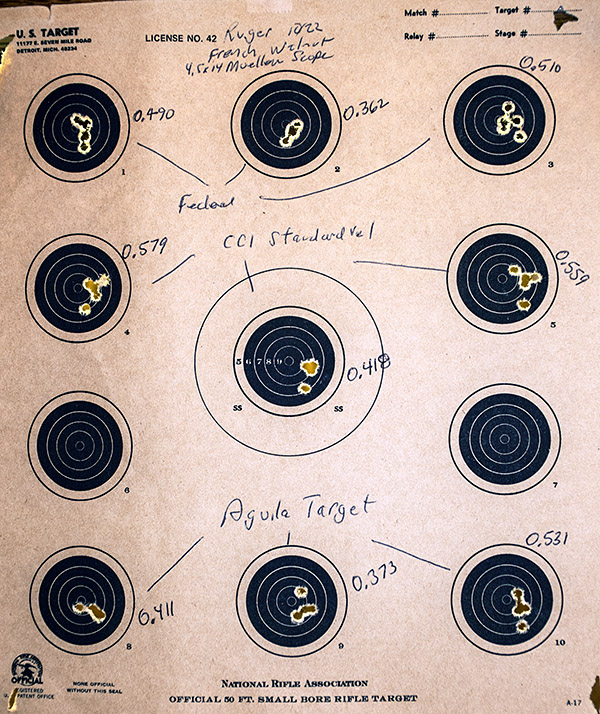
If you are looking for a good .22 firearm, the 10/22 is hard to beat. At more than 7 milli0n produced, the 10/22 has sold more rifles commercially than any other firearm (there are military rifles that have higher production numbers, like the Mosin Nagant and the AK-47, but in terms of commercially available .22s, the 10/22 is it). There’s a huge aftermarket in 10/22 parts, too. You just can’t go wrong with a 10/22. I’ve owned several over the years and I still have three, including an older 10/22 Mannlicher with exceptional walnut and a 200th year 10/22 Deluxe model (Ruger roll marked “Made in the 200th Year of American Liberty” on every rifle they manufactured in 1976). Sometime in the near future I’ll dig out the 200th year 10/22 and post a blog on it.
More articles in The Rimfire Series are here.
Never miss an ExNotes blog:



